The D Brief: $1T defense budget?; Another female admiral fired; Industrial-base reports; Sea-Air-Space news; And a bit more.
Defense Secretary Pete Hegseth says a $1 trillion defense budget is coming soon, the Pentagon chief boasted on social media. If confirmed, it would mark a significant rise from the current $892 billion defense budget, and at a time when President Donald Trump has pledged to cut the size of government and reduce spending. After tanking global markets with his tariff war on nearly 60 countries last week, Trump floated the unprecedented number during Israeli Prime Minister Benjamin Netanyahu’s visit to the White House Monday. “We’re going to be approving a budget, and I’m proud to say, actually, the biggest one we’ve ever done for the military,” he said. “$1 trillion, and nobody’s seen anything like it,” said Trump. “We have to build our military, and we’re very cost-conscious, but the military is something that we have to build, and we have to be strong, because you got a lot of bad forces out there now.” The White House also wants to spend as much as $45 billion on facilities to detain migrants. For some perspective, “In the last fiscal year, the total amount of federal money allocated to the Immigration and Customs Enforcement was about $3.4 billion,” historian Heather Cox Richardson points out. Additional reading: “Trump Will Get His Showy (And Likely Expensive) Military Parade in D.C.,” the Washington City Paper reported Sunday; And “After NSA firings, will Trump appoint a loyalist to lead [the] spy agency?” David DiMolfetta of Nextgov/FCW asked Monday. Hegseth fired another top female officer: Vice Adm. Shoshana Chatfield, who held a senior position in NATO. Chatfield was fired from her post on Monday with no explanation. Lita Baldor of the Associated Press reported Monday, “officials said it was apparently tied to comments she has made that supported diversity in the force.” The Senate unanimously confirmed Chatfield to her post at NATO in December 2023. The following day, the Pentagon released a statement: “Secretary Hegseth has removed U.S. Navy Vice Admiral Shoshana Chatfield from her position as U.S. representative to NATO’s military committee due to a loss of confidence in her ability to lead,” Hegseth’s spokesman Sean Parnell said in a statement. “The Defense Department is grateful for her many years of military service.” “Disgraceful” is how Sen. Jack Reed, D-Rhode Island, described Chatfield’s firing by Trump and Hegseth. “Her 38-year career as a Navy pilot, foreign policy expert, and preeminent military educator—including as President of the Naval War College—will leave a lasting legacy on the Navy and throughout the military,” Reed said in a statement. “The silence from my Republican colleagues is deeply troubling,” the Armed Services Committee’s ranking member added. “In less than three months, President Trump has fired 10 generals and admirals without explanation, including our most experienced combat leaders…I will continue to call out this unconscionable behavior and sound the alarm about the dangers of firing military officers as a political loyalty test.” Today on Capitol Hill, four nominees are testifying in a joint confirmation hearing before the Senate Armed Services Committee. They include Brandon Williams, nominee for Under Secretary of Energy for Nuclear Security; Bradley Hansell for Under Secretary of Defense for Intelligence and Security; Earl Matthews to be General Counsel of the Department of Defense; and Dale Marks for Assistant Secretary of Defense for Energy, Installations, and Environment. That began at 9:30 a.m. ET. Details and livestream via SASC, here. Welcome to this Tuesday edition of The D Brief, a newsletter dedicated to developments affecting the future of U.S. national security, brought to you by Ben Watson and Bradley Peniston with Lauren C. Williams. Share your tips and feedback here. And if you’re not already subscribed, you can do that here. On this day in 1832, more than 200 U.S. soldiers departed Jefferson Barracks in St. Louis, Missouri, to fight Black Hawk tribesmen and a British-allied contingent of native Americans in Illinois. More than 2,000 militiamen volunteered to assist the Army soldiers, including 23-year-old Abraham Lincoln. Less than four months later, the so-called “Black Hawk War” ended in an Army victory and an exodus for the surviving tribesmen. Industry New report: U.S. weapons support to Ukraine doesn’t compete with Taiwan goals. That’s one of the main findings of an 89-page report (PDF) entitled, “Arsenal of Democracy: Arming Taiwan, Ukraine, and Israel While Strengthening the U.S. Industrial Base,” from Ryan Brobst and Bradley Bowman of the Foundation for Defense of Democracies, based in Washington. The gist: Their report “examines in detail 25 weapon systems that the United States provides or may provide to Ukraine and Taiwan, or to Ukraine, Taiwan, and Israel,” the authors write in their introduction. “The evidence shows there has not been a material delay in the delivery of the examined weapon systems to Ta

After tanking global markets with his tariff war on nearly 60 countries last week, Trump floated the unprecedented number during Israeli Prime Minister Benjamin Netanyahu’s visit to the White House Monday. “We’re going to be approving a budget, and I’m proud to say, actually, the biggest one we’ve ever done for the military,” he said.
“$1 trillion, and nobody’s seen anything like it,” said Trump. “We have to build our military, and we’re very cost-conscious, but the military is something that we have to build, and we have to be strong, because you got a lot of bad forces out there now.”
The White House also wants to spend as much as $45 billion on facilities to detain migrants. For some perspective, “In the last fiscal year, the total amount of federal money allocated to the Immigration and Customs Enforcement was about $3.4 billion,” historian Heather Cox Richardson points out.
Additional reading:
- “Trump Will Get His Showy (And Likely Expensive) Military Parade in D.C.,” the Washington City Paper reported Sunday;
- And “After NSA firings, will Trump appoint a loyalist to lead [the] spy agency?” David DiMolfetta of Nextgov/FCW asked Monday.
Hegseth fired another top female officer: Vice Adm. Shoshana Chatfield, who held a senior position in NATO. Chatfield was fired from her post on Monday with no explanation. Lita Baldor of the Associated Press reported Monday, “officials said it was apparently tied to comments she has made that supported diversity in the force.” The Senate unanimously confirmed Chatfield to her post at NATO in December 2023.
The following day, the Pentagon released a statement: “Secretary Hegseth has removed U.S. Navy Vice Admiral Shoshana Chatfield from her position as U.S. representative to NATO’s military committee due to a loss of confidence in her ability to lead,” Hegseth’s spokesman Sean Parnell said in a statement. “The Defense Department is grateful for her many years of military service.”
“Disgraceful” is how Sen. Jack Reed, D-Rhode Island, described Chatfield’s firing by Trump and Hegseth. “Her 38-year career as a Navy pilot, foreign policy expert, and preeminent military educator—including as President of the Naval War College—will leave a lasting legacy on the Navy and throughout the military,” Reed said in a statement.
“The silence from my Republican colleagues is deeply troubling,” the Armed Services Committee’s ranking member added. “In less than three months, President Trump has fired 10 generals and admirals without explanation, including our most experienced combat leaders…I will continue to call out this unconscionable behavior and sound the alarm about the dangers of firing military officers as a political loyalty test.”
Today on Capitol Hill, four nominees are testifying in a joint confirmation hearing before the Senate Armed Services Committee. They include Brandon Williams, nominee for Under Secretary of Energy for Nuclear Security; Bradley Hansell for Under Secretary of Defense for Intelligence and Security; Earl Matthews to be General Counsel of the Department of Defense; and Dale Marks for Assistant Secretary of Defense for Energy, Installations, and Environment. That began at 9:30 a.m. ET. Details and livestream via SASC, here.
Welcome to this Tuesday edition of The D Brief, a newsletter dedicated to developments affecting the future of U.S. national security, brought to you by Ben Watson and Bradley Peniston with Lauren C. Williams. Share your tips and feedback here. And if you’re not already subscribed, you can do that here. On this day in 1832, more than 200 U.S. soldiers departed Jefferson Barracks in St. Louis, Missouri, to fight Black Hawk tribesmen and a British-allied contingent of native Americans in Illinois. More than 2,000 militiamen volunteered to assist the Army soldiers, including 23-year-old Abraham Lincoln. Less than four months later, the so-called “Black Hawk War” ended in an Army victory and an exodus for the surviving tribesmen.
Industry
New report: U.S. weapons support to Ukraine doesn’t compete with Taiwan goals. That’s one of the main findings of an 89-page report (PDF) entitled, “Arsenal of Democracy: Arming Taiwan, Ukraine, and Israel While Strengthening the U.S. Industrial Base,” from Ryan Brobst and Bradley Bowman of the Foundation for Defense of Democracies, based in Washington.
The gist: Their report “examines in detail 25 weapon systems that the United States provides or may provide to Ukraine and Taiwan, or to Ukraine, Taiwan, and Israel,” the authors write in their introduction. “The evidence shows there has not been a material delay in the delivery of the examined weapon systems to Taiwan or Israel because of American efforts to support Ukraine. But this does not mean America’s [Defense Industrial Base] is in good health.”
Their warning: “Without prudent reforms and substantial new investments, the DIB may not be capable of sustaining America’s role as the arsenal of democracy.” Among the reforms and investments they recommend:
- “Require maximum production plans from industry.”
- “Require an annual report on weapons delivery queues and timelines.”
- “Implement a time-bound State Department review process.”
- “Work with allies and partners to maximize production.”
- “Provide Ukraine with the weapons it needs.”
- “Expand the use of Presidential Drawdown Authority for Taiwan,” and more.
Other recent think-tank reviews of the state of the defense-industrial base include:
- “From Production Lines to Front Lines: Revitalizing the U.S. Defense Industrial Base for Future Great Power Conflict,” released by Center for a New American Security on April 3; we covered it in our Friday newsletter;
- And “A Strategy to Revitalize the Defense Industrial Base for the 21st Century,” from the Heritage Foundation, released on April 7.
- See also analyst Byron Callan’s thoughts on both reports (PDF) here.
Sea-Air-Space
The Navy says it needs another year to finalize plans to replace its aging Seahawk fleet, the MH-60R and MH-60S, according to Rear Adm. Michael “Buzz” Donnelly, director of the Navy’s Air Warfare Division. He shared that forecast at the annual Sea Air Space conference Monday in Washington.
Donnelly said the service is in the midst of “concept refinement” for the Future Vertical Lift (Maritime Strike) program, a family of systems that will include integrated crewed and uncrewed platforms designed to work together, Defense One’s Lauren C. Williams reports. “We're defining the concept development documentation for that that's going to establish the requirements for that system,” Donnelly said.
Donnelly’s team is working with the surface warfare division, N96, which determines requirements for surface combatant ships, in order “to understand what are the attributes of that system to integrate across the mission areas for anti-surface warfare as well as anti-submarine warfare,” he said. They’re also looking into “other warfare capabilities that we currently use rotary systems for, such as mine counter measures capability,” he said.
The MH-60s are expected to reach the end of their service life in the 2030s. The current plan is to finalize details and requirements this year and into 2026 “to continue to develop that system and get that fielded to replace MH-60 into the future,” Donnelly said.
Is a 50-foot expanding sonar snake the future of anti-submarine warfare? Dronemaker Anduril and Ultra Maritime, a Massachusetts-based company specializing in anti-submarine and electronic warfare, unveiled the Sea Spear, which deploys from, draws power from, and has its data initially analyzed by a “mother drone” nearby. Defense One’s Tucker has more, here.
The surface Navy is trying to follow aviators’ path to an 80%-deployable rate. A decade ago, three out of four of the Navy’s fighter and electronic warfare jets weren’t fit for combat, prompting the service to set a goal for 80-percent mission-capable rates. They got there in a year. Now the service is hoping to make that magic happen again with its surface and submarine fleets. Defense One’s Meghann Myers reports.
Related reading:
- “‘All hands on deck' moment in the US-China AI race: Pentagon's former digital chief,” reports Nextgov/FCW off a talk by former CDAO chief Radha Plumb.











































































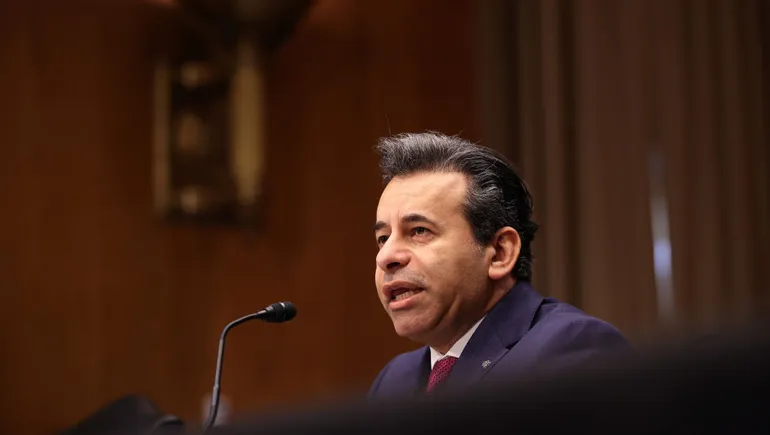

















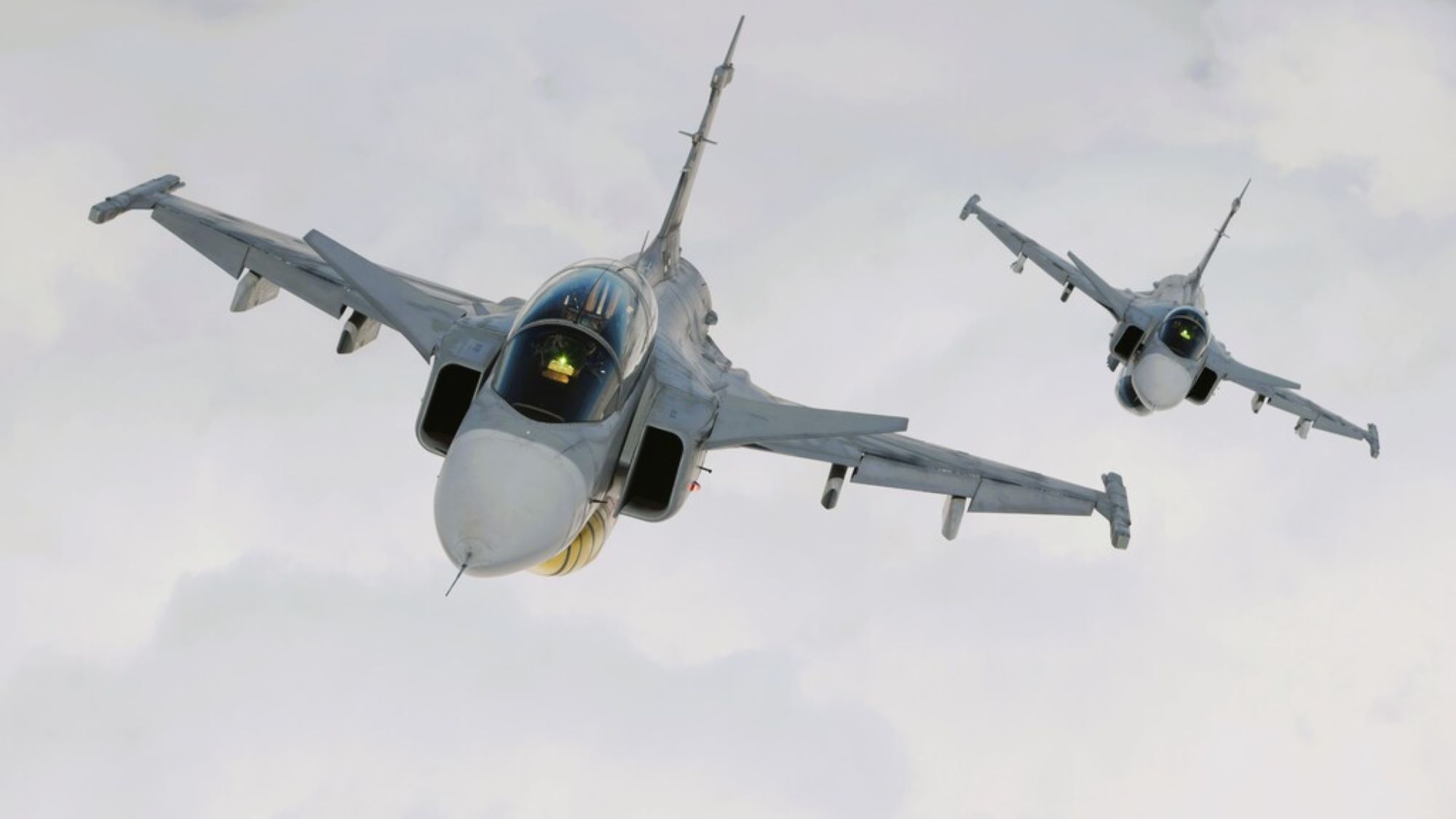





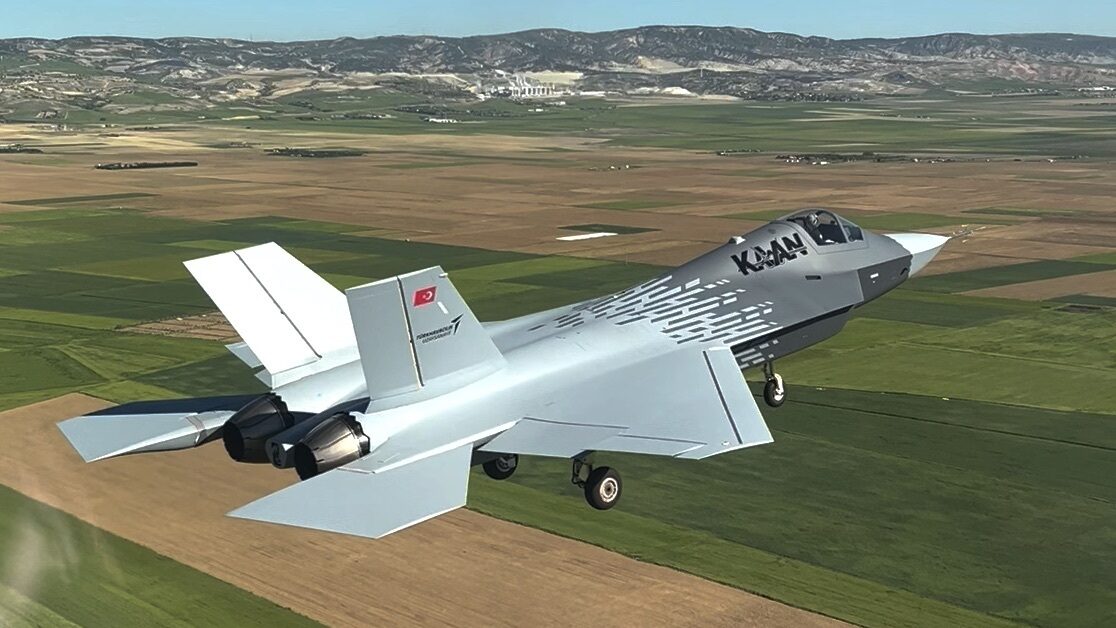











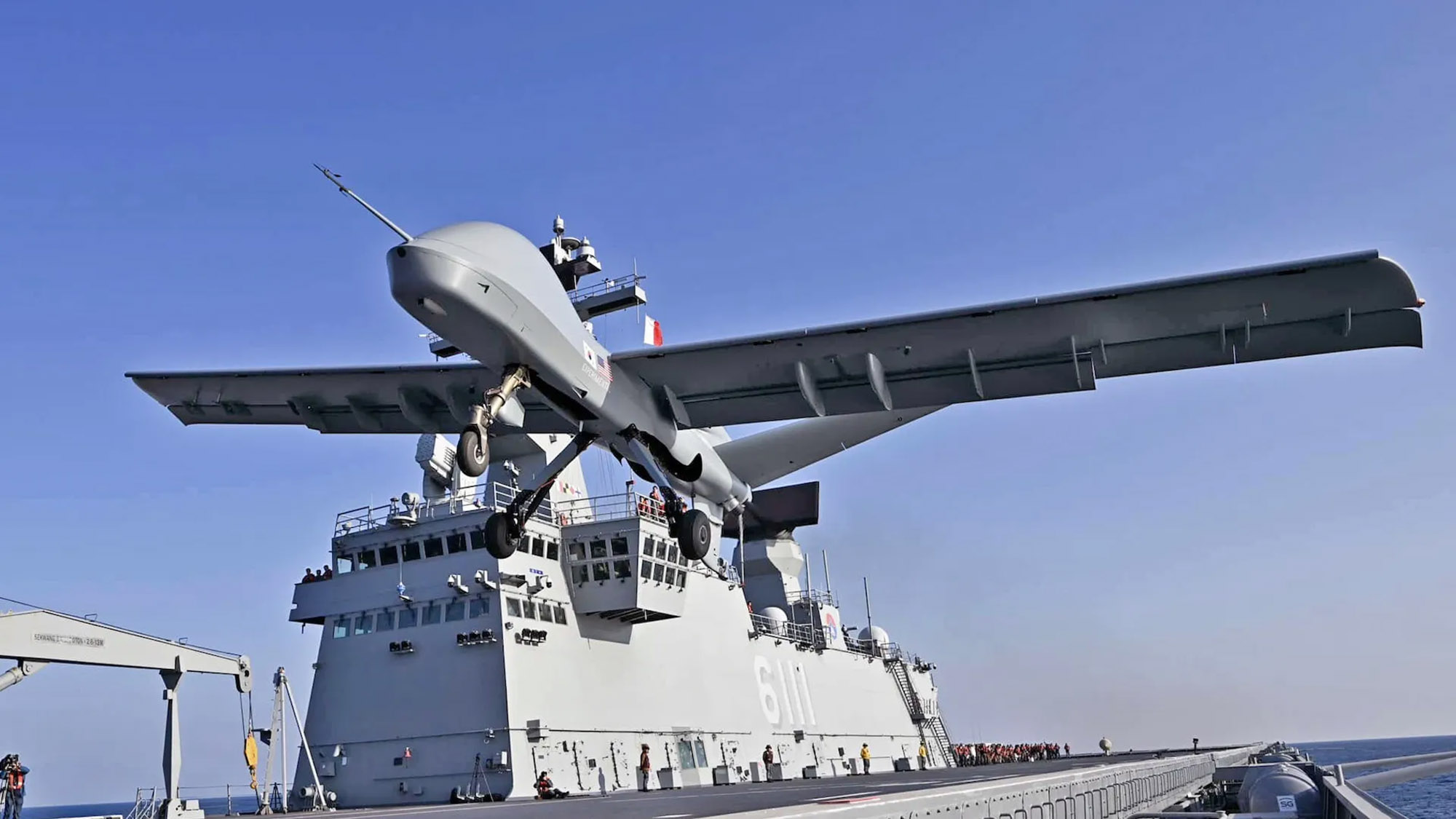





















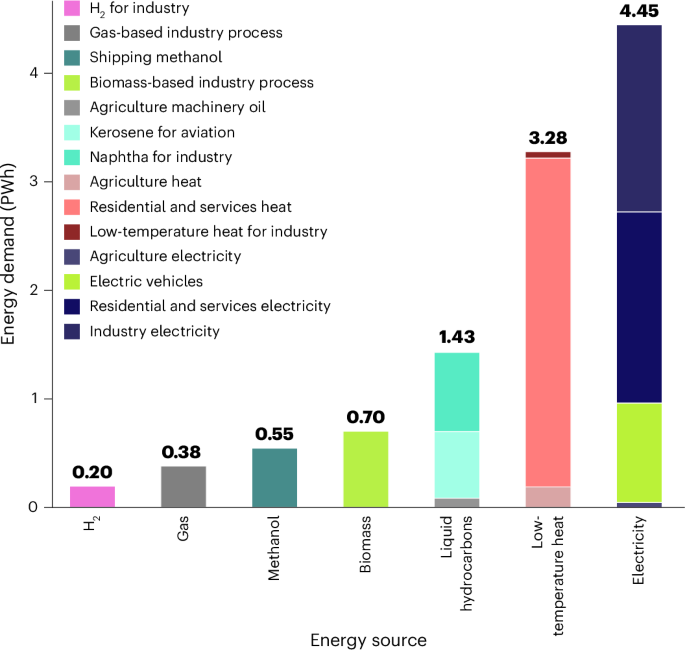





































.png)









